So I sat at my desk and thought, "What should my next article be about?" Well, it was easy. Because I love good food and because of my allergies I have to prepare my own food.
I want to share a recipe with you steemians that come a long way: from Indonesia to Suriname (South America).
A great part of my ancestors are from Indonesia and a smaller part from Europe. So I often make both dishes in my kitchen. I love both Indonesian and European food, but sometimes my body really screams for typical goodies from Indonesia.
I love Guleh, so I thought I would post a nice recipe about it...
My ancestors from Indonesia, who were very close to me, already left this world, but they left me some great kitchen secrets and recipes. In many of the recipes I have added my own ingredients, but that delicious taste and the desire for those typical Indonesian delicacies have remained ...
To make a delicious Guleh soup, I go to the butcher a few kilometers from my house. They have the best cuts of meat and their meat is always halaal slaughtered and very fresh. I always buy a pound of the best tender steak without fat and a kilogram of babat (rumen of the beef). I especially ask for those pieces of rumen that are fluffy. I do have extra work to clean it, but who cares: if you like something, you do everything to get it clean so you can enjoy every inch of it.
In the Guleh soup there may also be other organs of the beef, but I choose especially for these two, because the taste then becomes very exquisite. If I have obtained the necessary meat, I will drive back to my house. It then becomes quite a job in the kitchen.
I wash the babat extra clean and then put it in the pressure cooker with the addition of a knife tip of salt. When it starts to bubble, it seems like I have a whole cattle stable in my kitchen. The smell of the intestines of a beef reaches very far, but the end result is delicious ...
When the babat is cooked gently, I rinse it again and cut it into nice little pieces. I have already washed the beef steak and cut it into small pieces. I clean two onions, ten cloves of garlic, four pieces of laos of an inch and wash three stalks of lemongrass.
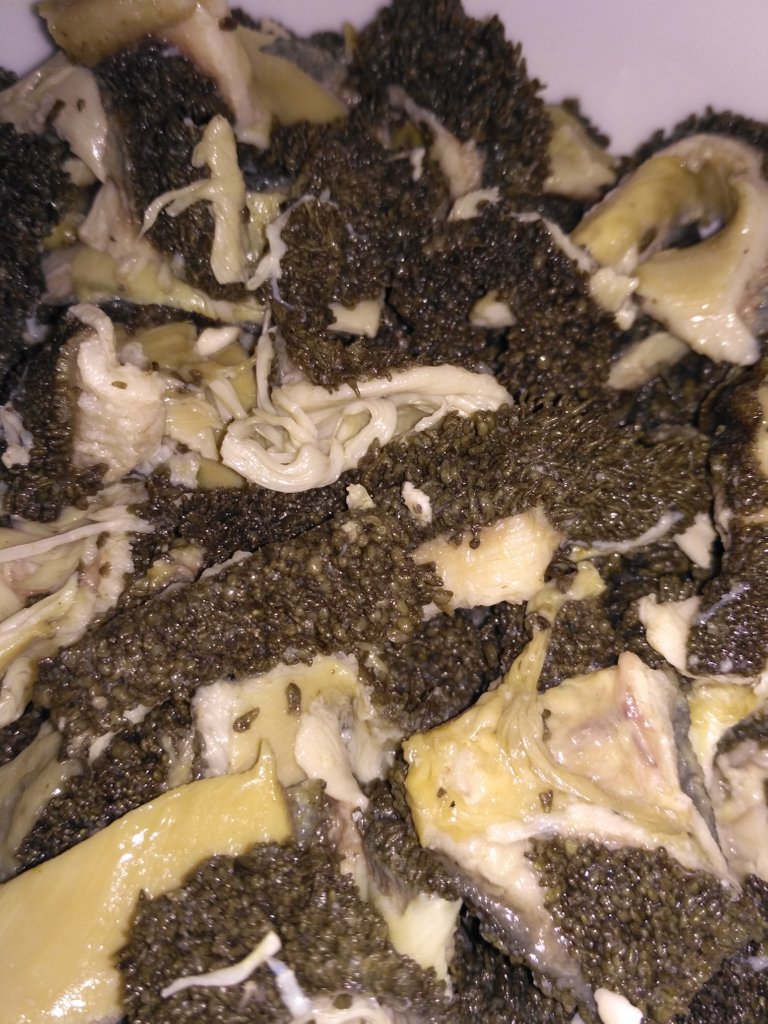
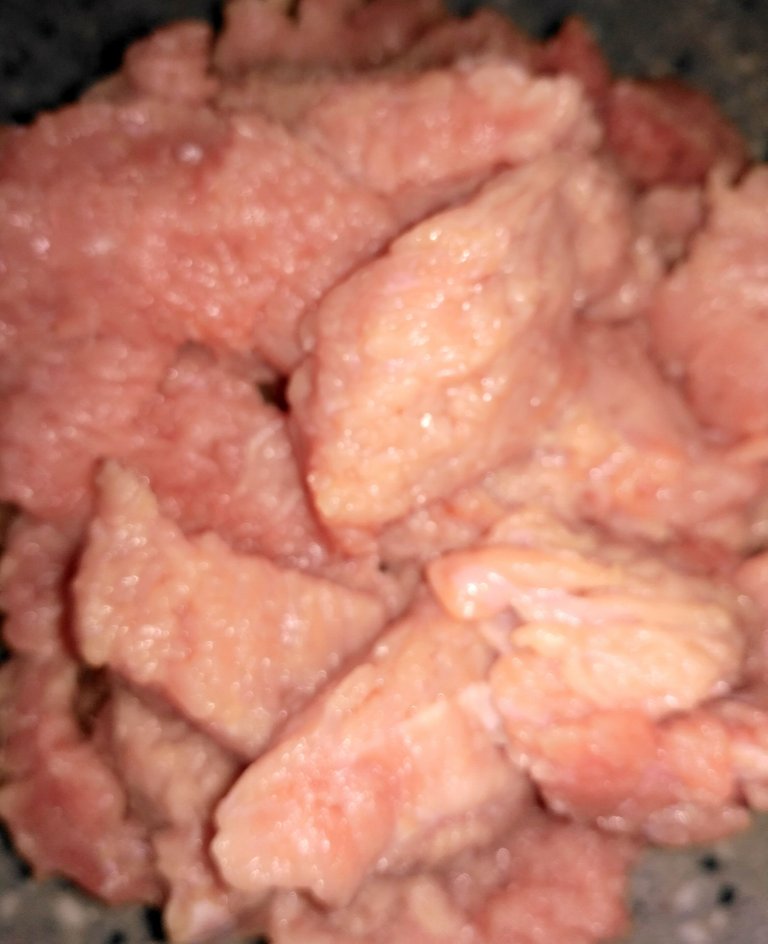
I make a paste of the sliced onions, garlic, three small Maggi cubes, two tablespoons of koenir powder (turmeric), half a tablespoon of massala (does not have to, but I like the smell / taste) and a teaspoon of ketoembar.

Now I put the pan on fire and put five tablespoons of oil in it and wait until it gets hot. When the sunflower oil is hot enough I put the paste in the pan and stir it to a gold brown mass. Next I put the pieces of tender steak in, stir in and then put the lid on the pan. I let everything simmer for about five minutes.
After this I put the babat in the pan and then add the other ingredients: four salves, the lemongrass, 1 teaspoon of black pepper, ten pieces of lontai (pimento grains) and the slices laos. I let it cook for five more minutes.
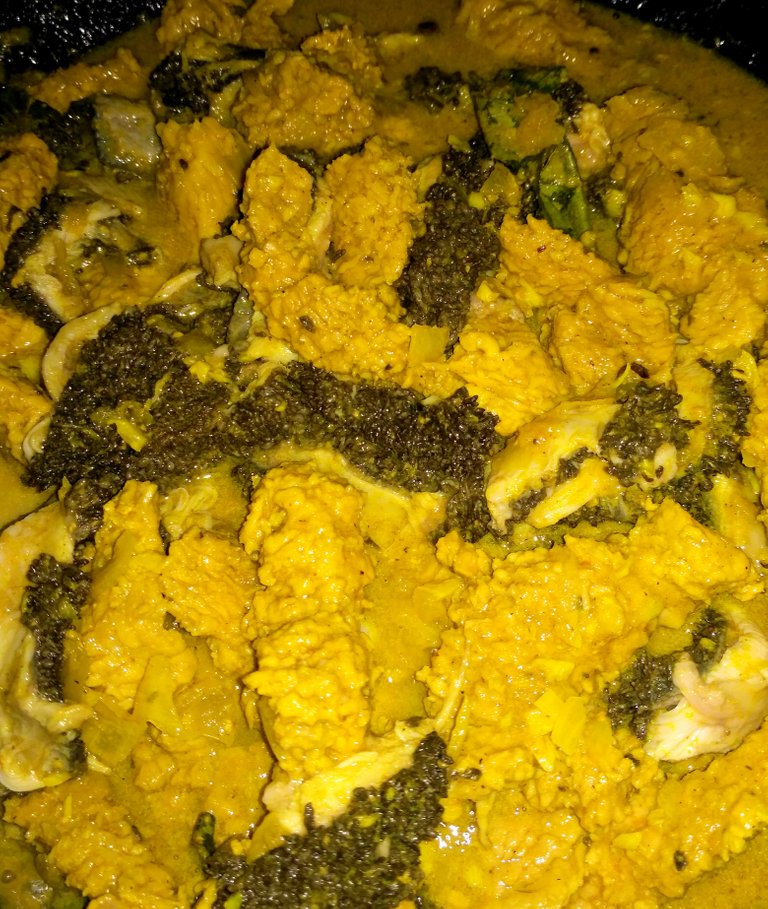
When the Guleh soup is almost finished, I put the coconut milk in (I buy a can in the near supermarket). At last I add some salt to taste if necessary. I let it cook for five minutes and then turn off the heat.
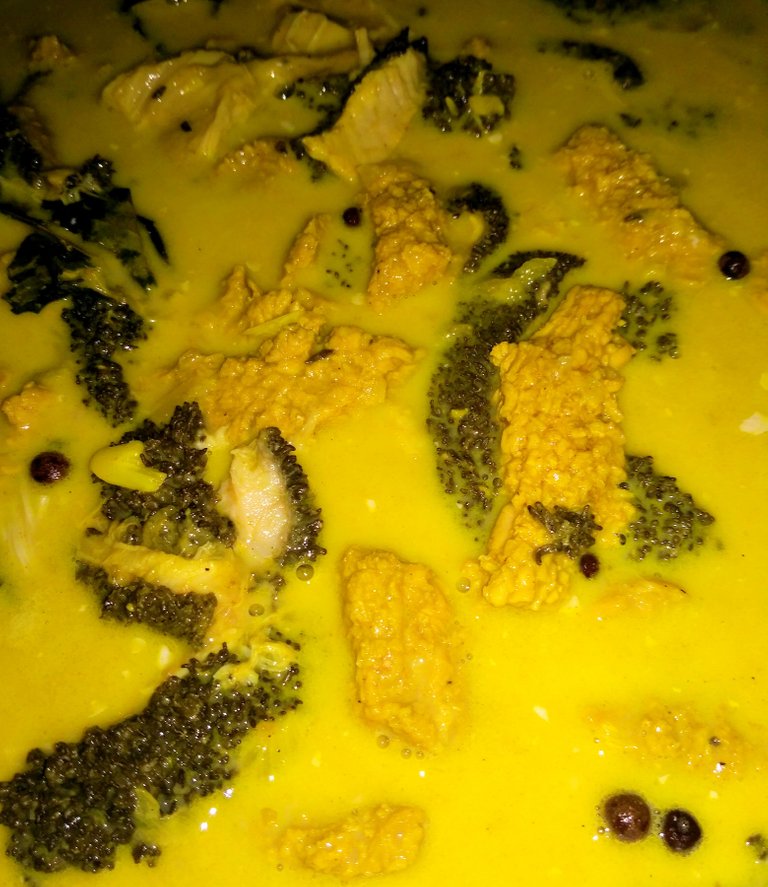
This recipe is good for eight portions. When serving, rice can be added and crispy fried onions, garlic and freshly cut celery. This soup is completed with a tasty trasie sambel (Shrimp paste pepper)of crushed garlic, pepper and trasie. For the sambel I choose five big red peppers, zeven to ten gloves of garlic and one spoon of Shrimp paste. I crushed the pepper and garlic in a chopper. I than head two table spoon of sunflower oil in an pan and frie the trasie (Shrimp paste). Afterwards I mix all three items together.
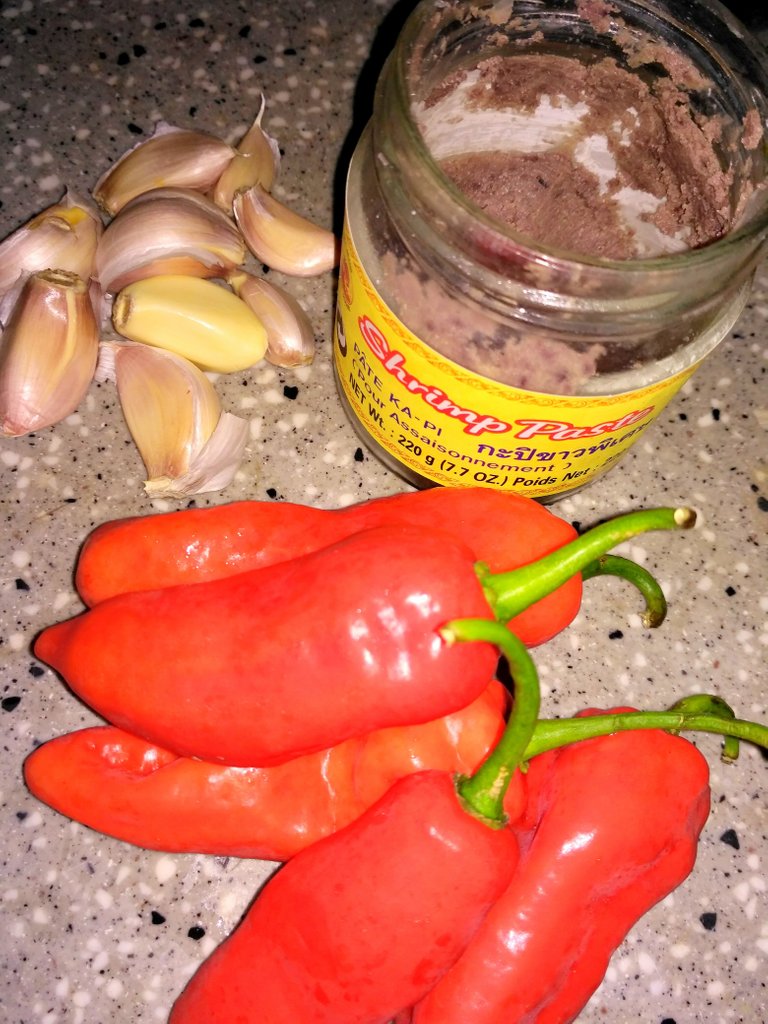

Note: Guleh soup is a soup that mainly consists of beef organs.
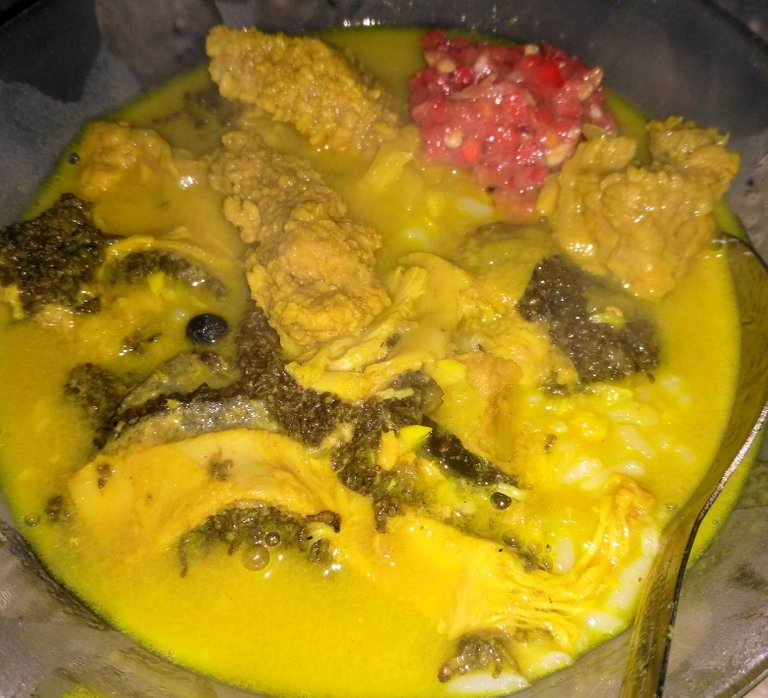
Enjoy good food...
XoXo Maryan
@maryansetro, even though I never ate Guleh nor Babat, you did manage to stirr up my appetite much :)
Smakelijk eten!
Hahahha... For this recipe, I went to my kitchen last friday... I had to prepare it for the pictures... ☺☺☺